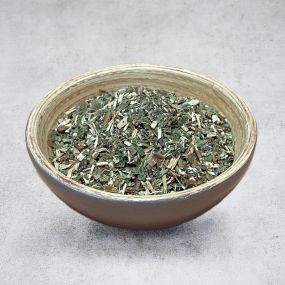Add to my wishlist "Kuromoji to infuse"
Select a wishlist to add this product
There are not wishlist.
This product has been added to wishlist.
View my Wishlists
This product has been added to your wish list.
Remove
This product was successfully removed from your wish lists.

Add to my wishlist "Kuromoji to infuse"
Select a wishlist to add this product
There are not wishlist.
This product has been added to wishlist.
View my Wishlists
This product has been added to your wish list.
Remove
This product was successfully removed from your wish lists.
€21.10
€211.00 / Kg
(1 review)

Add to my wishlist "Kuromoji to infuse"
Select a wishlist to add this product
There are not wishlist.
This product has been added to wishlist.
View my Wishlists
This product has been added to your wish list.
Remove
This product was successfully removed from your wish lists.
To infuse
It is sometimes said that Kuromoji is similar to rosewood.
As Kuromoji and rosewood belong to the same family, Lauraceae, their aroma is really similar.
€21.10
€211.00 / Kg
(1 review)

Add to my wishlist "Kuromoji to infuse"
Select a wishlist to add this product
There are not wishlist.
This product has been added to wishlist.
View my Wishlists
This product has been added to your wish list.
Remove
This product was successfully removed from your wish lists.
To infuse
It is sometimes said that Kuromoji is similar to rosewood.
As Kuromoji and rosewood belong to the same family, Lauraceae, their aroma is really similar.
€21.10
€211.00 / Kg
(1 review)




































